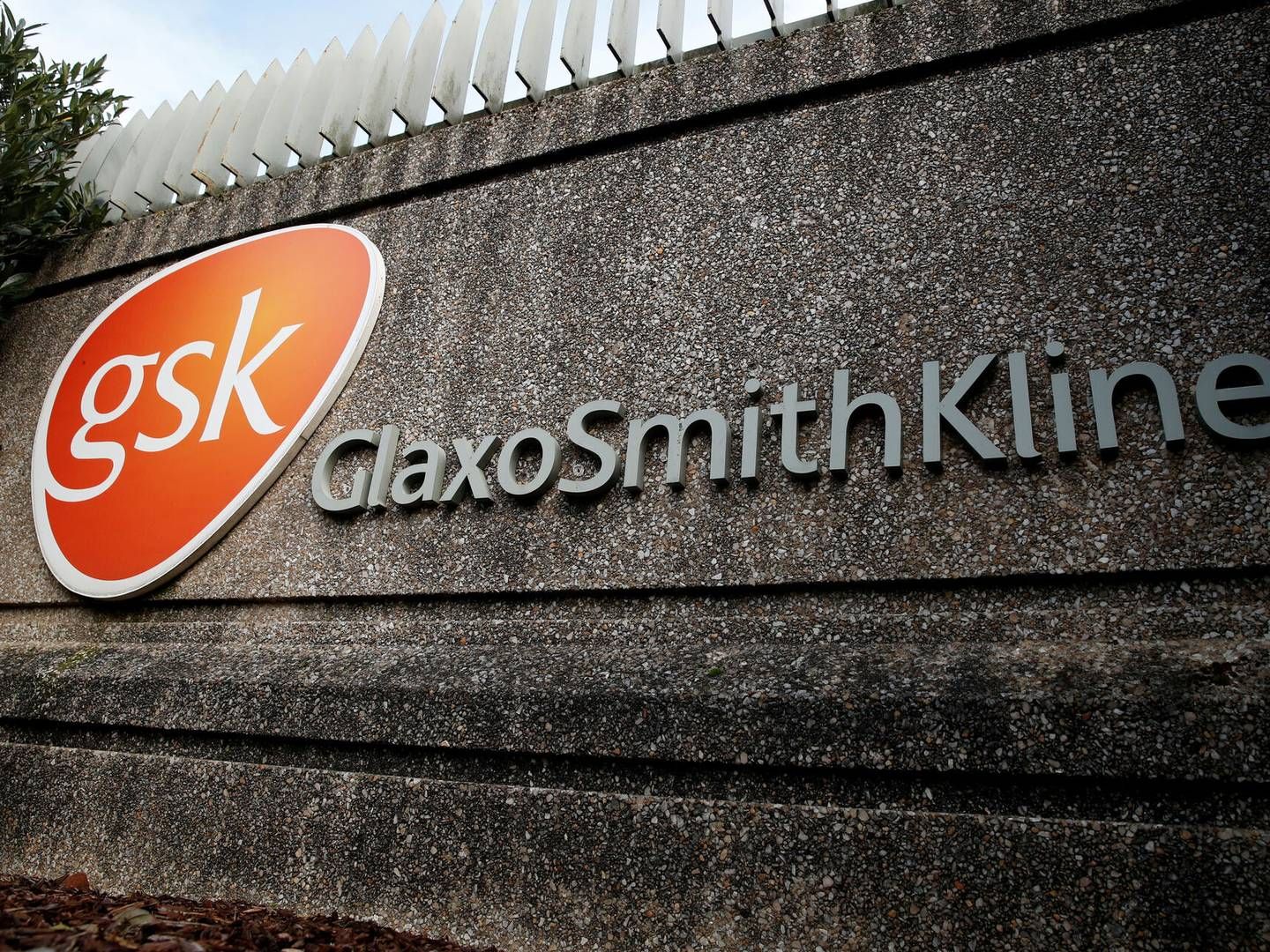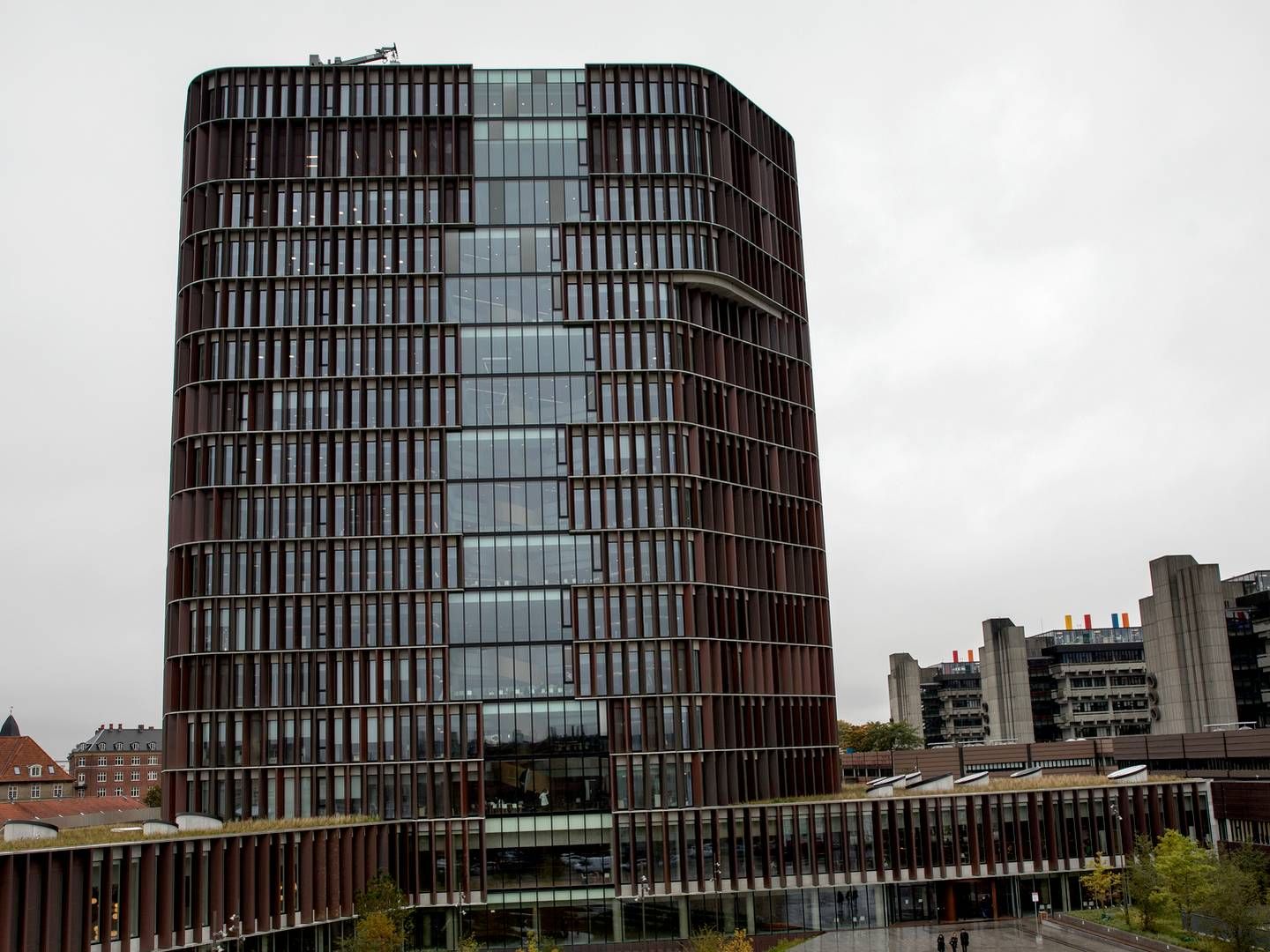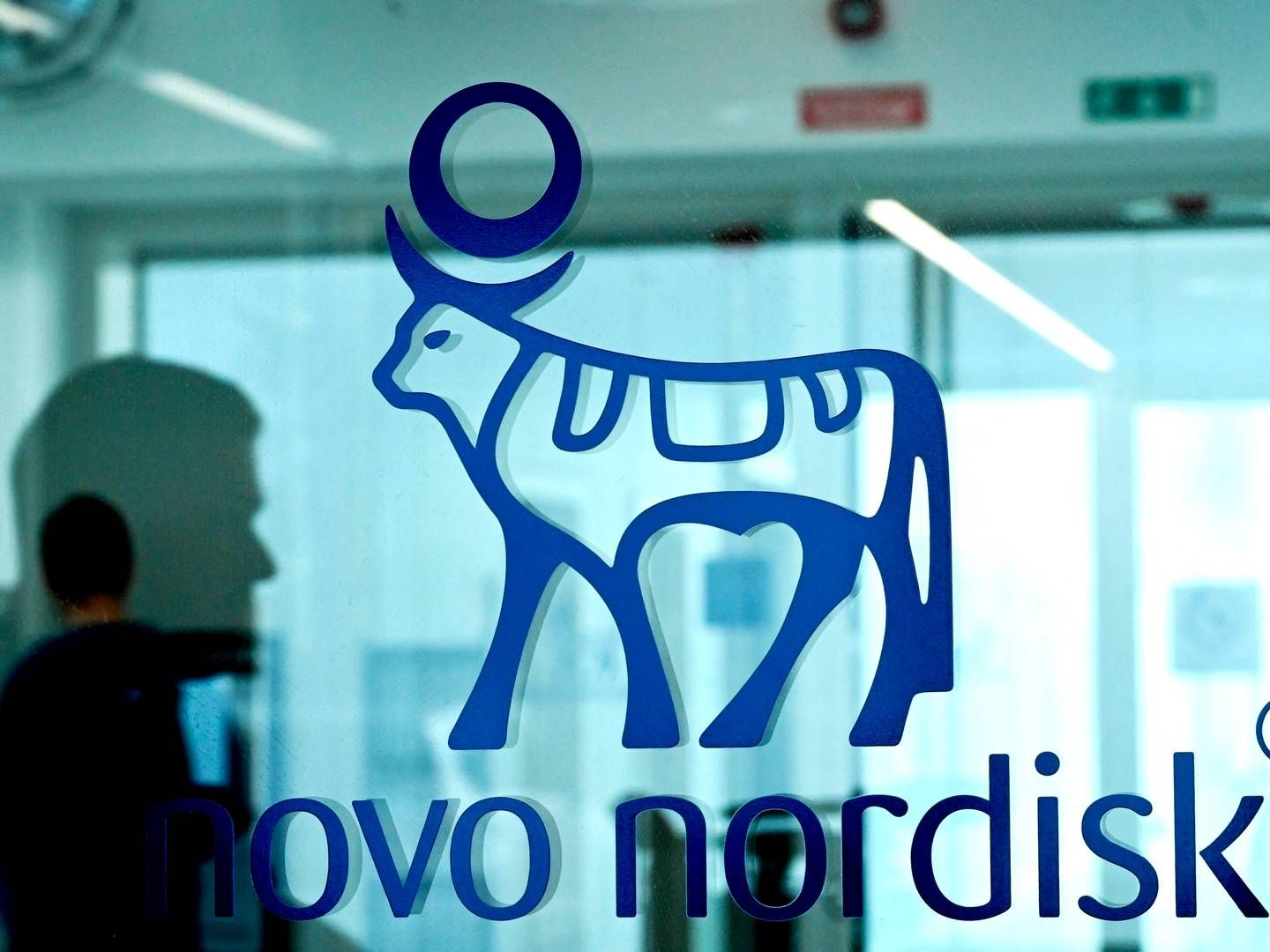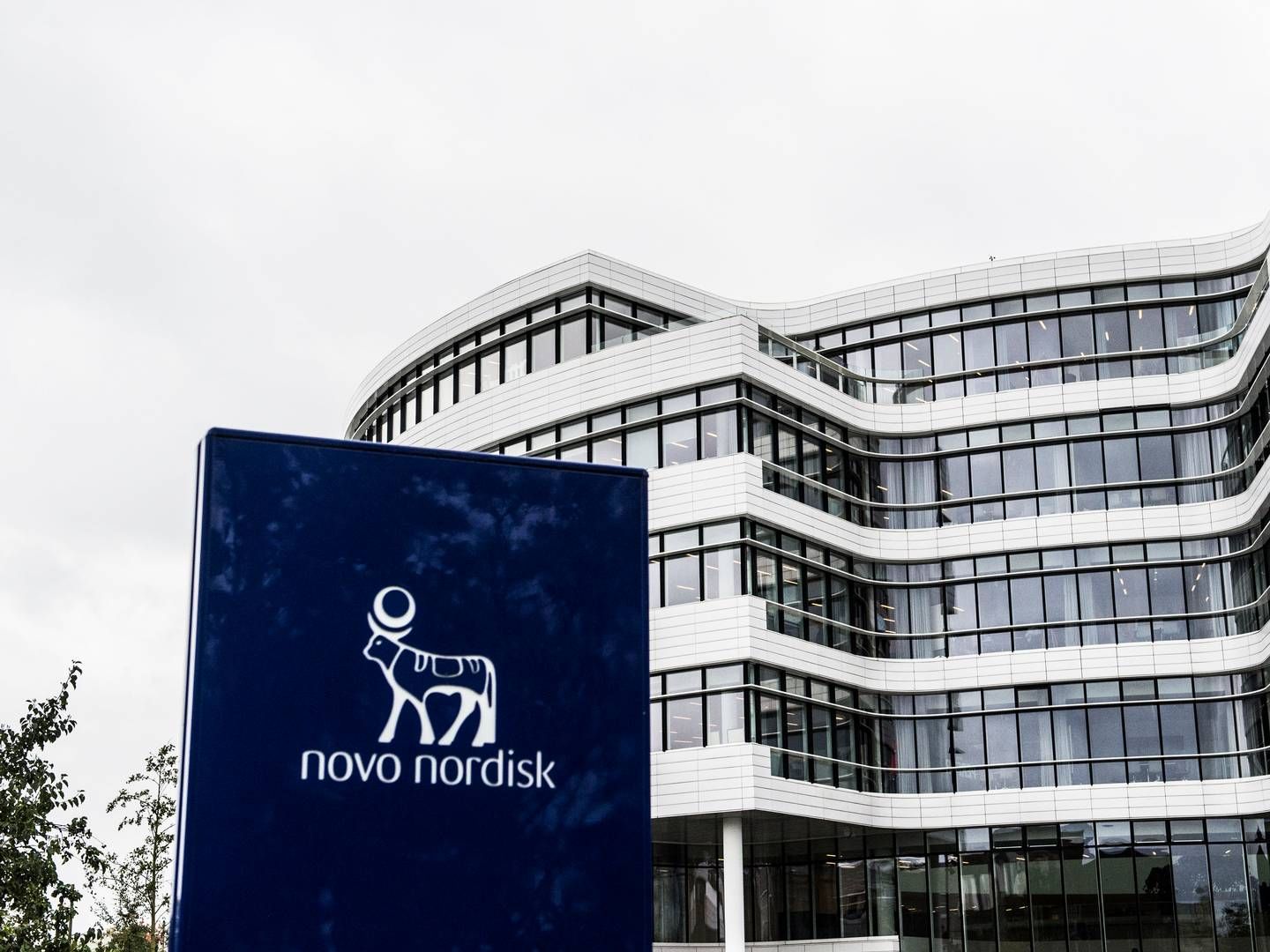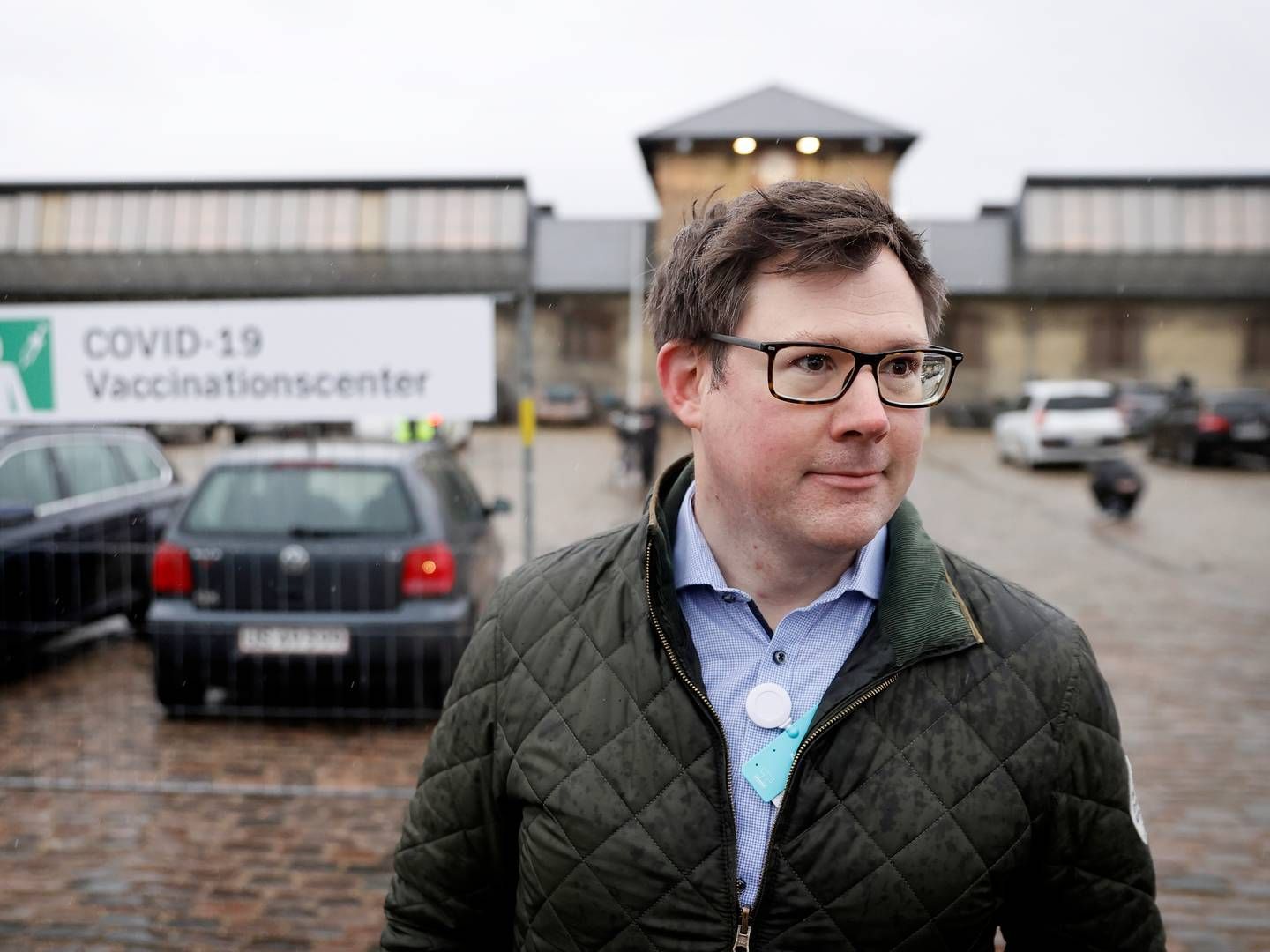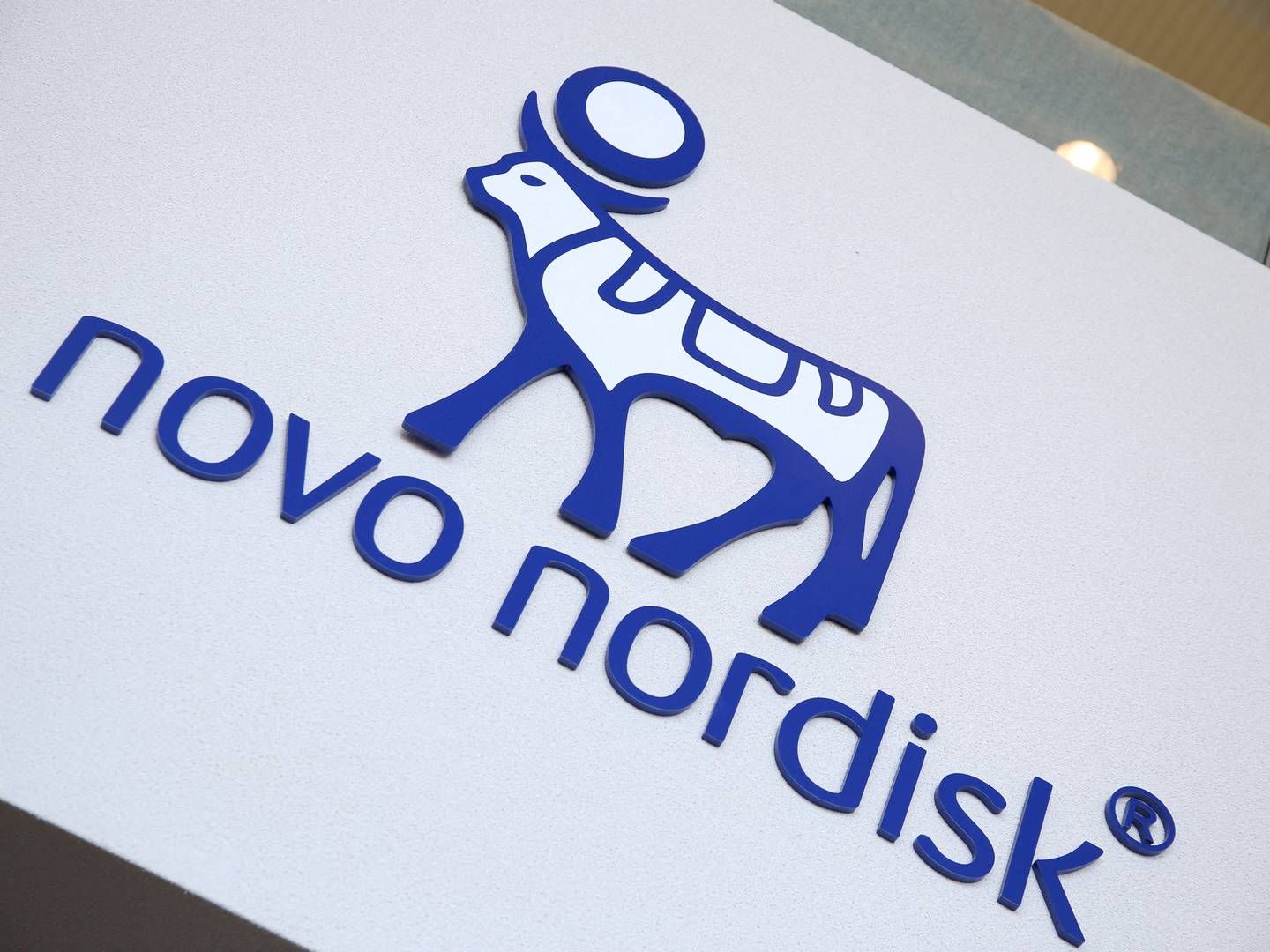Facts about health care in Germany
Basis facts German health care
In 2009, Germany spent a total of 278.3 billion Euros (11.6% of GDP) on health. This is one of the highest shares in the world, i.e. Per capita the expenditure was 3.400 Euro. Expenditures for health increased with 5.2% from 2008 to 2009. Germany has 82 million inhabitants and is – as many other Western countries - an ageing society: In Year 2050, the working-age population (20 to 65 years will be halved, over 30 percent will be 65 years or older and only 15 percent will be younger than 20 years.
Medical Devices in Germany
In 2010, Germany spent about 25 billion Euros on medical devices, thereof approx. 13 billion on medical technical aids, 11 billion euros on other medical supplies and another billion for medical dressings, which are categorised as pharmaceuticals. The share of the Statutory Health Insurance expenditure of the total expenditure was approx. 16.5 billion euros.
Innovative business
The medical technology industry is dynamic and highly innovative. The German manufacturers achieve approximately a third of their business volume with products younger than three years. Medtech companies involved in research invest an average of about nine percent of their sales revenues in research and development. Further evidence of the industry’s high innovation capability, according to the European Patent Office in Munich, is that medical technology heads the list of registered inventions with over 16,400 patents (as of 2009). This is 10.2 percent of all patent applications.
Reimbursement of Medical Devices – in brief
As a principal, Germany operates with a reimbursement system that is divided into the inpatient sector and the outpatient sector.
The Inpatient Sector
The reimbursement of medical devices provided to hospitalised patients is regulated by the Diagnosis Related Group (DRG) system. The hospital receives a fixed amount that is set up by the DRG system for the entire treatment of the patient. Thus, the DRGs do not set prices for the particular device which is used for a treatment of the specific diagnosis. The devices are included in the DRGs and are negotiated between the hospital and the manufacturer. The basis of the DRGs is the OPS catalogue (Operationen- und Prozedurenschlüssel) and the ICDs (German version of the “International Statistical classification of Diseases and related Health Problems”.).
The Outpatient Sector
The reimbursement of all treatments performed by office based physicians is based on the so called “Einheitlicher Bewertungsmassstab” (EBM, Standardised Assessment Factor) which determines the content of all provisions reimbursed by the Statutory Health Insurance. Provisions that are not listed in the EBM schedule cannot be reimbursed by the Statutory Health Insurance. The G-BA (Federal Joint Committee) determines whether a specific provision is reimbursed. Treatments which involve the use of a novel medical device but are not listed in the EBM schedule are not reimbursable until the G-BA has included the treatment in the schedule.
Access of new products to the German health care system
In principle, the German health care system is open for new treatments and products that are currently not listed for reimbursement. The inpatient sector provides the best opportunities for the introduction of innovations as the principle “Erlaubnis mit Verbotsvorbehalt” is valid here. This means that new examination and treatment methods can be introduced without a specific permission by the authorities. In the outpatient sector the reverse principle “Verbot mit Erlaubnisvorbehalt” is valid, meaning that new examination and treatment methods cannot be reimbursed without authorisation.
Medical aids
As starting point medical devices as well as medical aids must be CE marked. Additional quality requirements can also be specified. Medical aids are listed in the so called “Hilfsmittelverzeichnis”, a catalogue of approved medical devices that can “in principle” be reimbursed by the GKV. “In principle” means that the Statutory Health Insurance funds have the possibility to e.g. enter into contracts with manufacturers/distributors and negotiate a specific fixed lump sum.
Political awareness and current efforts to strengthen innovations access to the system
The medtech industry has come into focus of political attention in the past two years. Politicians are aware of the important contribution by the medtech industry sector to increase innovation and efficiency within the German healthcare system. The issue “assessment of benefit” is currently high on the political agenda. At the moment, only the benefit for patients is evaluated. The aim is to include the assessment of the benefits for the users and the benefits for the system as well to ensure a whole picture of the value of the new product.
Sources: Bundesminiterium für Gesundheit, BVMed, DIMDI, Kassenärztliche Bundesvereinigung,







